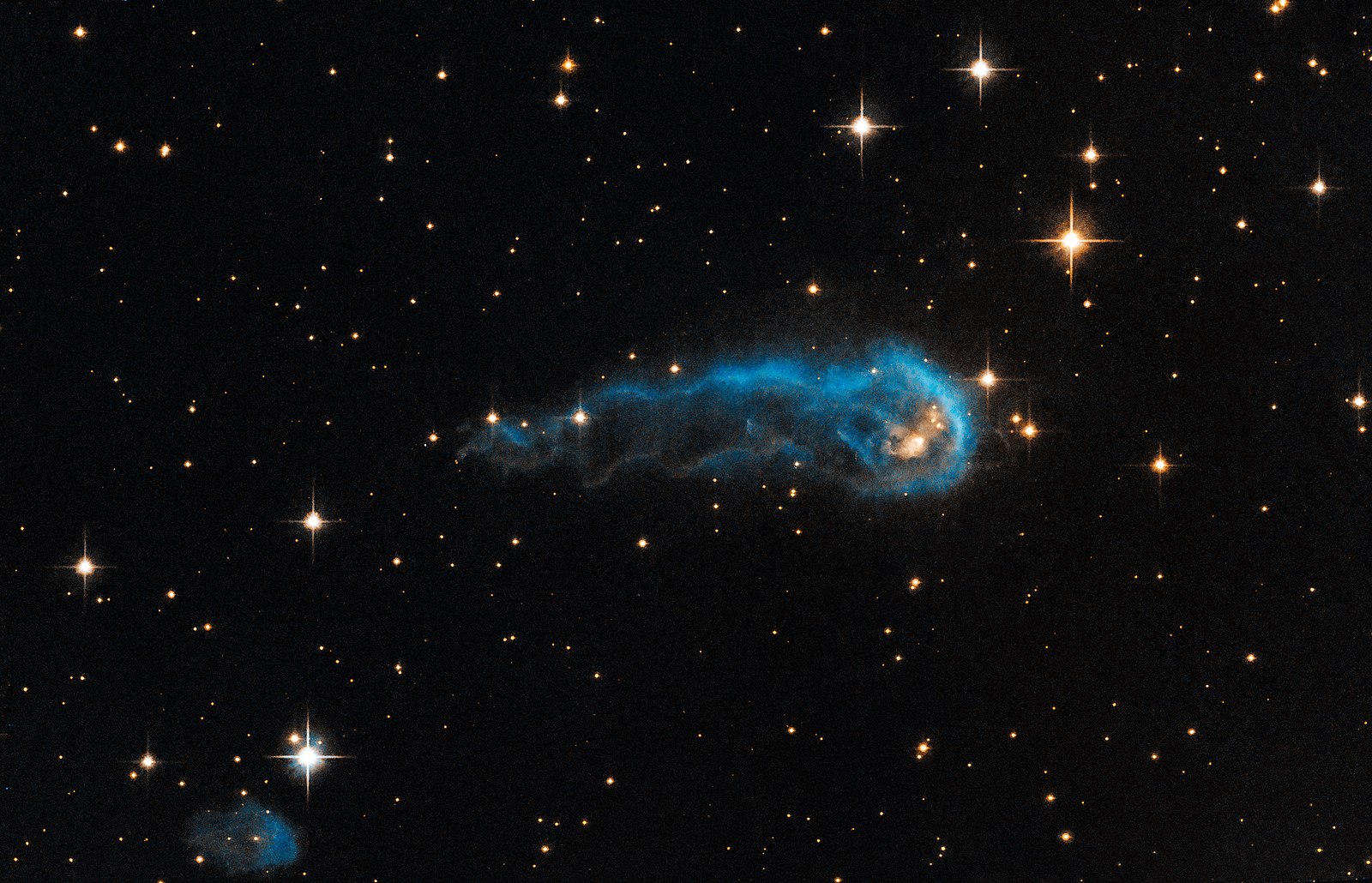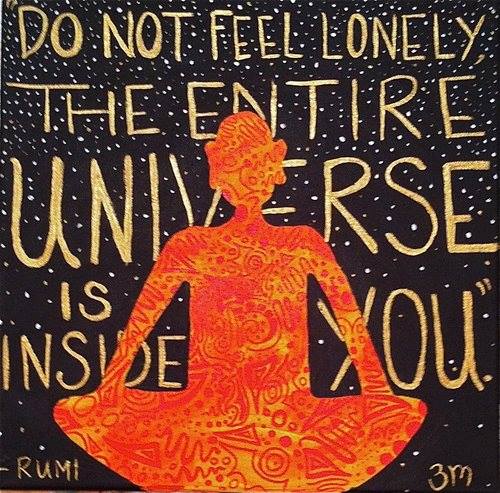Blog
Irving Conrad Ashby (December 29, 1920 – April 22, 1987) was an American jazz guitarist.
Ashby was born in Somerville, Massachusetts and started playing guitar when he was nine. His career started in 1940 when he became a member of Lionel Hampton‘s band, and he played on Hampton’s hit “Flying Home”. In 1947, he took over for Oscar Moore in the Nat King Cole Trio.
He then briefly replaced Charlie Smith, a drummer, in the Oscar Peterson Trio, producing a line-up (piano, guitar, bass) similar to the Cole Trio’s; the substitution of a guitarist for a drummer continued until 1958. After leaving the Peterson Trio, Ashby concentrated on session work, which included recording with Norman Granz, Sheb Wooley, LaVern Baker, Howard Roberts, B.B. King, Louis Jordan, and Pat Boone. In addition to guitar, Ashby played the upright bass. Ashby died in April 1987 in Perris, California, at the age of 66.
more...Joseph Salvatore Lovano (born December 29, 1952 Cleveland, OH) is an American jazz multi-instrumentalist. Though best known as a tenor saxophonist, Lovano has also recorded on alto clarinet, flute and drums, amongst other instruments. He has earned a Grammy Award and several mentions in Down Beatmagazine’s critics’ & readers’ polls. His wife is singer Judi Silvano, with whom he records and performs. Lovano was a longtime member of the late drummer Paul Motian‘s trio alongside guitarist Bill Frisell.
more...Our galaxy of the month this month is the tight triplet of galaxies in Pisces around NGC 470. I must thank Mark Stuart for recommending this group to me. The triplet includes NGC 467, NGC 470 and NGC 474. All three galaxies were found by William Herschel. NGC 470 and NGC 474 in 1784 and then NGC 467 a year later in 1785.
NGC 470 is a disturbed system and was included by Vorontosv-Velyaminov as number 948 in his extended catalogue. NGC 474 is also a disturbed system and Arp included it as Arp 227. It is not clear whether Arp meant Arp 227 to include both NGC 470 and NGC 474, or just NGC 474.
Arp 227 is a shell galaxy and appears to be in a physical pair with NGC 470. The pair lie at about 100 million light-years from us. NGC 467 is also a shell galaxy but is much further away than the others, although some older sources do suggest it is gravitationally part of the NGC 474 group. NGC 467 is also suggested to be a lenticular galaxy.

Michel Petrucciani (French pronunciation: [miʃɛl petʁutʃani]; Italian: [petrutˈtʃaːni]; 28 December 1962 – 6 January 1999) was a French jazz pianist. From birth he had osteogenesis imperfecta, a genetic disease that causes brittle bones and, in his case, short stature. Despite his health condition and relatively short life, he became one of the most accomplished jazz pianists of his generation.
more...Lonnie Liston Smith Jr. (born December 28, 1940) is an American jazz, soul, and funk musician who played with such jazz artists as Pharoah Sanders and Miles Davis before forming Lonnie Liston Smith and the Cosmic Echoes, recording a number of albums widely regarded as classics in the fusion, smooth jazzand acid jazz genres. In 1963, he moved to New York City, where he initially played piano in Betty Carter‘s band for a year.[1]Early in 1965, Smith began playing with Roland Kirk, first recording with his band on Here Comes The Whistleman (Atlantic, 1965), an album recorded live in New York on March 14, 1965. A further track from that gig, “Dream”, appeared on Roland Kirk and Al Hibbler‘s live album A Meeting of the Times (Atlantic, 1972).
Late in 1965, Smith joined Art Blakey‘s Jazz Messengers, sharing the piano position with Mike Nock and Keith Jarrett. The Jazz Messengers, together with Miles Davis’ group, were one of the main proving grounds for young up-and-coming jazz musicians, experimentally edgy and musically stretching, and both were an ever-revolving door of young modern jazz musicians as modes and moods rapidly changed during a fresh period of experimentation. Beginning with a live session at The Five Spot, New York City, November 9, 1965, Smith’s time as a Jazz Messenger was fairly short-term, only lasting until a three-gig engagement at The Village Vanguard 26–28 April 1966; by May 1966 his position was filled by Chick Corea. No recordings exist of this period.
more...
Edmund Leonard Thigpen (December 28, 1930 – January 13, 2010) was an American jazz drummer, best known for his work with the Oscar Peterson trio from 1959 to 1965. Thigpen also performed with the Billy Taylor trio from 1956 to 1959.
Born in Chicago, Thigpen was raised in Los Angeles, and attended Thomas Jefferson High School, where Art Farmer, Dexter Gordon, and Chico Hamilton also attended. After majoring in sociology at Los Angeles City College, Thigpen returned to East St. Louis for one year to pursue music while living with his father who had been playing with Andy Kirk‘s Clouds of Joy. His father, Ben Thigpen, was a drummer who played with Andy Kirk for sixteen years during the 1930s and 1940s.
Thigpen first worked professionally in New York City with the Cootie Williams orchestra from 1951 to 1952 at the Savoy Ballroom. During this time he played with musicians such as Dinah Washington, Gil Mellé, Oscar Pettiford, Eddie Vinson, Paul Quinichette, Ernie Wilkins, Charlie Rouse, Lennie Tristano, Jutta Hipp, Johnny Hodges, Dorothy Ashby, Bud Powell, and Billy Taylor.
In 1959, he replaced guitarist Herb Ellis in the Oscar Peterson Trio in Toronto, Ontario, Canada. In 1961, he recorded in Los Angeles, featuring on the Teddy Edwards–Howard McGhee Quintet album entitled Together Again!!!! for the Contemporary label with Phineas Newborn Jr. and Ray Brown. After leaving Peterson, Thigpen recorded the album Out of the Storm as a leader for Verve in 1966. He then went on to tour with Ella Fitzgerald from 1967 to 1972.
In 1972, Thigpen moved to Copenhagen, joining several other American jazz musicians who had settled in that city over the previous two decades. There he worked with fellow American expatriates, including Kenny Drew, Ernie Wilkins, Thad Jones, as well as leading Danish jazz musicians such as Svend Asmussen, Mads Vinding, Alex Riel, and Niels-Henning Ørsted Pedersen. He also played with a variety of other leading musicians of the time, such as Clark Terry, Eddie “Lockjaw” Davis, Milt Jackson, and Monty Alexander.
more...Earl Kenneth Hines, also known as Earl “Fatha” Hines (December 28, 1903 – April 22, 1983 Duquesne, Pennsylvania), was an American jazz pianist and bandleader. He was one of the most influential figures in the development of jazz piano and, according to one source, “one of a small number of pianists whose playing shaped the history of jazz”.
The trumpeter Dizzy Gillespie (a member of Hines’s big band, along with Charlie Parker) wrote,
The piano is the basis of modern harmony. This little guy came out of Chicago, Earl Hines. He changed the style of the piano. You can find the roots of Bud Powell, Herbie Hancock, all the guys who came after that. If it hadn’t been for Earl Hines blazing the path for the next generation to come, it’s no telling where or how they would be playing now. There were individual variations but the style of … the modern piano came from Earl Hines.
The pianist Lennie Tristano said, “Earl Hines is the only one of us capable of creating real jazz and real swing when playing all alone.” Horace Silver said, “He has a completely unique style. No one can get that sound, no other pianist.” Erroll Garner said, “When you talk about greatness, you talk about Art Tatum and Earl Hines.”
Count Basie said that Hines was “the greatest piano player in the world”.
more...
Prepared on 12-24-24 Probably my grandpa Giuseppe’s receipt when he owned a small restaurant in Napoli. Which he showed to my grandma Pasqulina. My grandma showed my mom and my mom walked me through the preparation.




Erev Shabbat Service and Chanukah Candle Lighting Friday December 27th 2024 550pm music with Inbal Sharett-Singer, Jayson Rodovsky, Jeff Bailey, Peter Whitman and mick laBriola.
more...This light-year-long knot of interstellar gas and dust resembles a caterpillar on its way to a feast. But the meat of the story is not only what this cosmic caterpillar eats for lunch, but also what’s eating it. Harsh winds from extremely bright stars are blasting ultraviolet radiation at this “wanna-be” star and sculpting the gas and dust into its long shape.
The culprits are 65 of the hottest, brightest known stars, classified as O-type stars, located 15 light-years away from the knot, towards the right edge of the image. These stars, along with 500 less bright, but still highly luminous, B-type stars make up what is called the Cygnus OB2 association. Collectively, the association is thought to have a mass more than 30 000 times that of our Sun.
The caterpillar-shaped knot, called IRAS 20324+4057, is a protostar in a very early evolutionary stage. It is still in the process of collecting material from an envelope of gas surrounding it. However, that envelope is being eroded by the radiation from Cygnus OB2. Protostars in this region should eventually become young stars with final masses about one to ten times that of our Sun, but if the eroding radiation from the nearby bright stars destroys the gas envelope before the protostars finish collecting mass, their final masses may be reduced.
Spectroscopic observations of the central star within IRAS 20324+4057 show that it is still collecting material quite heavily from its outer envelope, hoping to bulk up. Only time will tell if the formed star will be a “heavy-weight” or a “light-weight” with respect to its mass.

Terry John Bozzio (born December 27, 1950 San Francisco) is an American drummer best known for his work with Missing Persons, U.K., and Frank Zappa. He has been featured on nine solo or collaborative albums, 26 albums with Zappa and seven albums with Missing Persons. Bozzio has been a prolific sideman, playing on numerous releases by other artists since the mid-1970s. He was inducted into the Modern Drummer Hall of Fame in 1997.
more...Thelonious Sphere Monk III (born December 27, 1949) is an American jazz drummer, composer and bandleader. He is the son of jazz pianist Thelonious Monk. By the 1990s, Monk was ready to begin his solo career, in which he has taken a decidedly more jazz-oriented direction. For two consecutive seasons, December 1996 and January 1998, on ABC, jazz returned to network television after a twenty-five-year absence. Sponsored by Nissan and the Thelonious Monk Institute, under the guidance of Monk, a historic assemblage of artists gathered for ‘A Celebration of America’s Music’ hosted by Bill Cosby and featuring Natalie Cole, Jon Secada, Tony Bennett, k.d. lang, as well as Thelonious performing his father’s signature tune, “‘Round Midnight“, with Herbie Hancock, Pat Metheny, and Nnenna Freelon.
more...
William Orval Crow (born December 27, 1927) is an American jazz bassist. Among other work, Crow was the long-term bassist in saxophonist Gerry Mulligan‘s bands in the 1950s and 1960s.
Crow was born on December 27, 1927, in Othello, Washington, but spent his childhood in Kirkland, Washington. In fourth grade, he took up the trumpet and in the sixth grade he switched to baritone horn. He played drums in his high school swing band. He joined the Army in 1946, where he played the baritone horn in the 2nd Army Band and drums in a Service Club band. He remained in the army until 1949. After leaving the Army, he played drums and valve trombone while a student at the University of Washington.
In 1950, Crow moved to New York City, playing the valve trombone and drums. On a summer job in Tupper Lake NY at the Altamont Hotel he taught himself to play the string bass. Within two years of starting to play the bass, he played with Teddy Charles and was with Stan Getz from October 1952 to April of the following year. He joined the Claude Thornhill band for the summer of 1953, moved to the Terry Gibbs Quartet that fall, and in 1954 he moved to the Marian McPartland Trio at the Hickory House in NYC, with Joe Morello at the drums. He was the bassist with Gerry Mulligan‘s sextet and quartet during the mid to late 1950s and early 1960s. While with Mulligan, he studied the bass with Fred Zimmerman, of the New York Philharmonic. In 1956 he was with Jay and Kai (J.J. Johnson and Kai Winding) for several engagements including the Newport Jazz Festival. And in 1962 he joined the Benny Goodman band for a summer tour of the Soviet Union.
more...Compared to other toques, flamenco fandangos have a shorter rhythmic cycle that may feel more familiar to musicians trained in classical or other Western music styles. Fandangos are an early form of flamenco music, influenced from Arab-Moorish music and Portuguese fado music. Flamenco Fandangos are generally festive and upbeat.
Fandangos have a 3/4 rhythm (previously 6/8, now 3/4 or 3/8), with an accent on the first beat. Most Fandangos are very metric and appropriate for dance. A common compás that can be felt is made up of 12 beats (2×6). However, others may have more of a free-form feeling (known as en toque libre or “very freely”).
There’s also a variety of regional Fandangos, known as fandangos locales, each with their own style and character. There are many regional sub-styles that could fall into this categorization, but the most prominent include:
- Fandangos de Huelva
- Fandangos de Málaga
- Fandangos de Granada
- Fandangos de Almería
- Fandangos de Cadíz
- Fandangos de Córdoba
More Posts
- Wynton Marsalis Day
- Chuck Berry Day
- World Music with Andelucious
- Daily Roots with Lloyd Parks and Joseph Cotton
- The Cosmos with Sh2-279
- Barney Kessel Day
- Cozy Cole Day
- World Music with Putokazi
- Daily Roots with Slimmah Sound/Dan I
- The Cosmos with NGC 3717
- Roy Hargrove Day
- Big Joe Williams Day
- World Fusion with Nawang Khechog & R. Carlos Nakai
- World Fusion with Nawang Khechog & R. Carlos Nakai
- Daily Roots with Dub Judah
- The Cosmos with M16
- Fela Anikulapo Kuti Day
- Freddy Cole Day
- Nellie Lutcher Day
- World Music with Debashish & Anandi Bhattacharya

